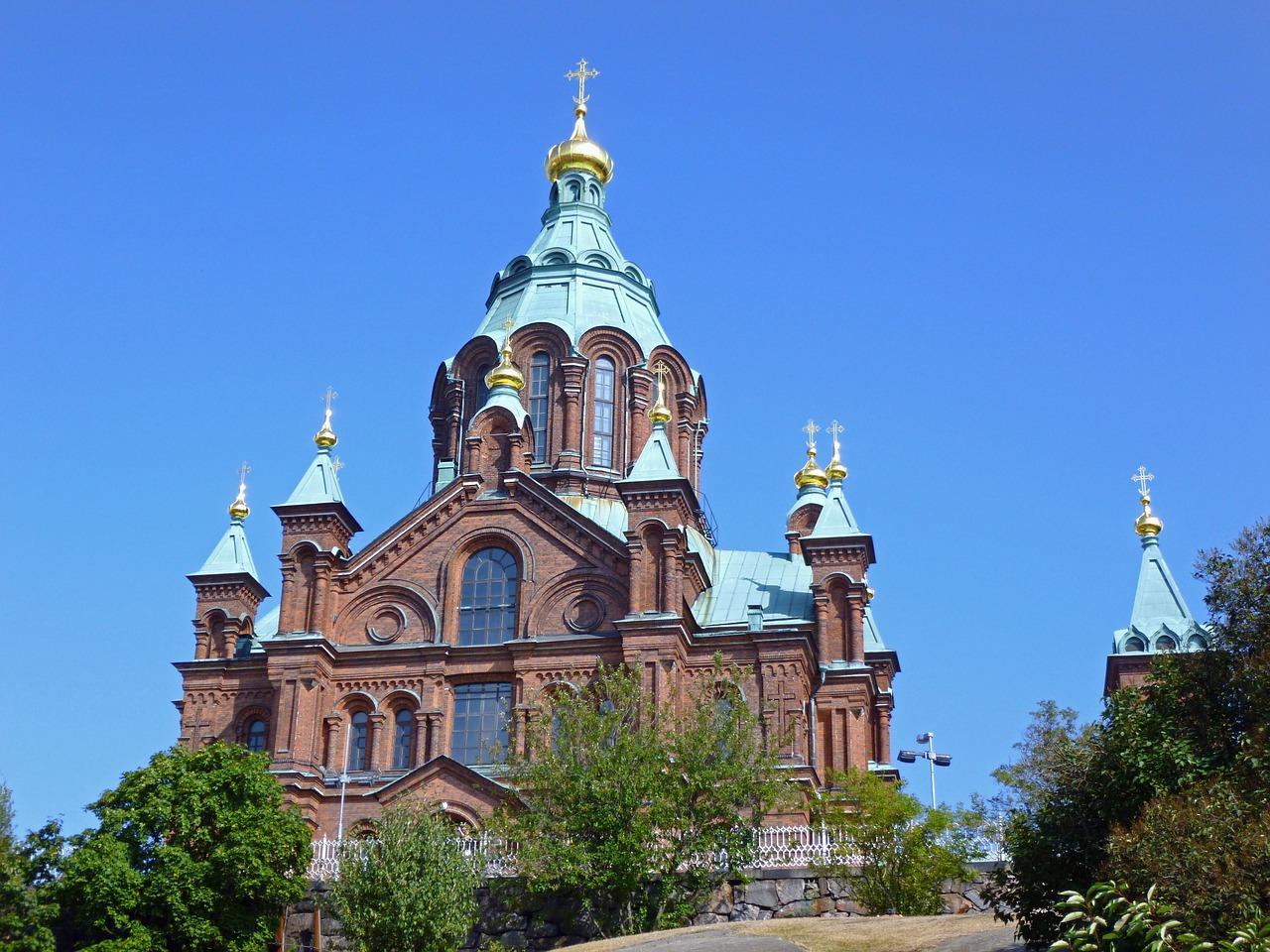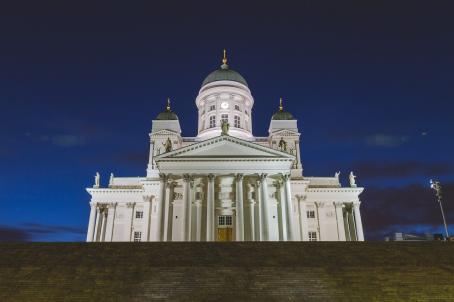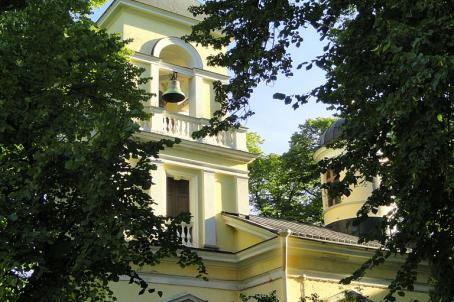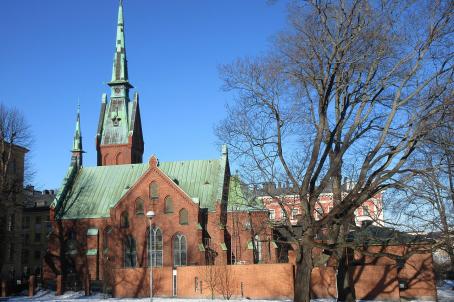Uspenski Cathedral
The Cathedral of the Assumption, or Uspenski Cathedral, is the cathedral of the Orthodox Diocese of Helsinki. It was built by order of Emperor Alexander II of Russia between 1862 and 1868. It was designed by the architect Alexis Gornostaiev (1808-1862), one of the founders of the Russian Revival architecture. The crypt hosts a variety of events, including exhibitions and lectures on ecclesiastical art and ecclesiastical artefacts.






